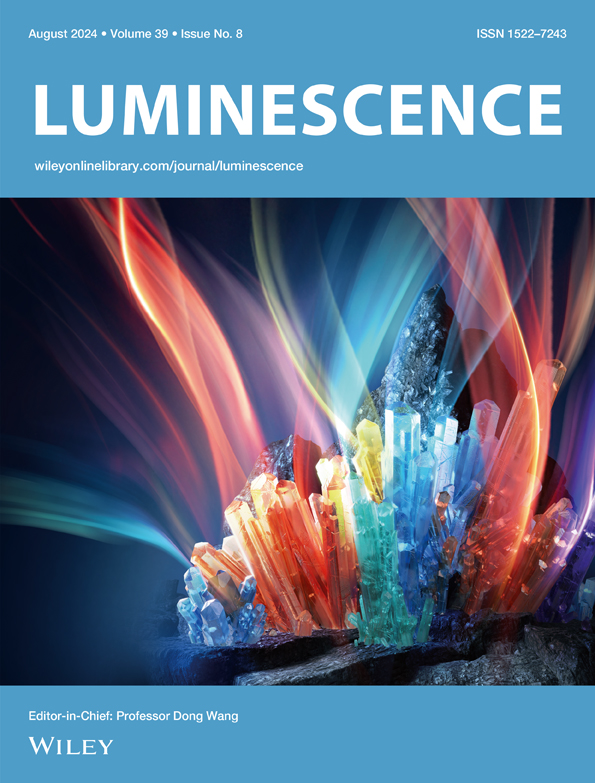A Comparison of the Optical Properties of Fibre-Based Luminescent Solar Concentrators and Transparent Wood Towards Sustainable Waveguides
Abstract
Aiming at net-zero emissions, most international and national policies focus on sustainable development goals. Hence, there is an immediate need for replacing carbon-intensive materials with biomaterials. In this respect, this article presents a road-map for moving from polymeric to sustainable waveguides in optical devices. Previous reports indicate that luminescent fibres exhibit better photon concentrations of nearly 30%–33% higher than flat-plate polymeric waveguides. It is also verified that the photon in-out ratio increases by 3.44 times when the waveguide geometry is changed from planar to an equivalent area of fibre bundle with the same luminophore. Meanwhile, transparent wood (Twood) is gaining attention as a green alternative to acrylic sheets. The structure and function of transparent wood conforms well with the fibre-based waveguides of luminescent solar concentrators (LSCs). Therefore, it is intriguing to compare Twood with intrinsic micro fibrillary interior with fibre-based LSC as a natural alternative. This review provides an in-depth analysis, emphasizing the benefits and associated challenges in using cylindrical concentrators over planar LSCs. The paper collects and compares the phenomenon of light guiding of cylindrical and fibre-based LSCs with that of Twood. It is important to consider the key points discussed here while making a transition towards sustainable waveguides.

 求助内容:
求助内容: 应助结果提醒方式:
应助结果提醒方式:


